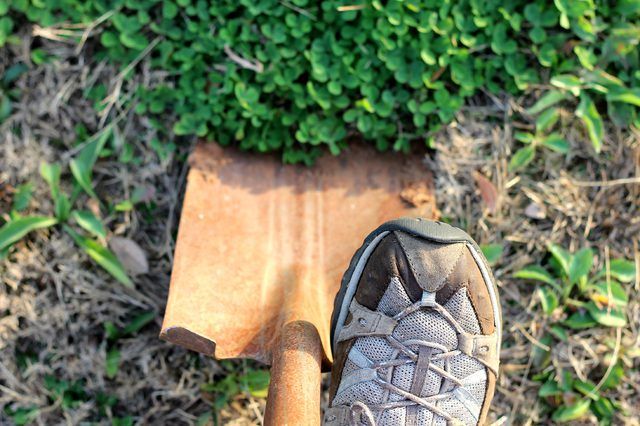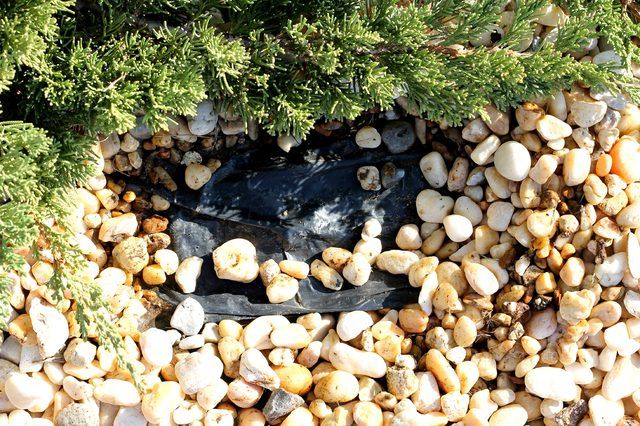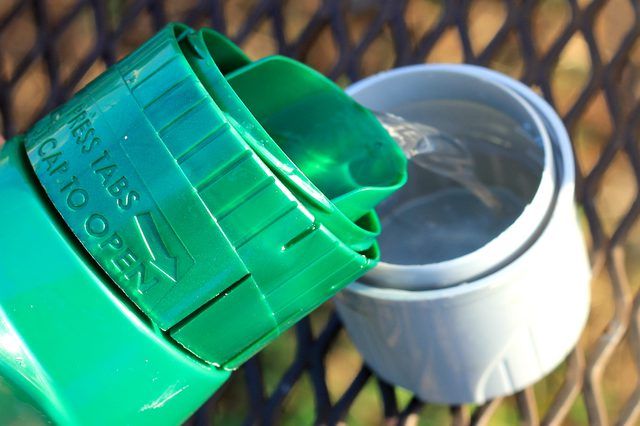Bulbs
Flower Basics
Flower Beds & Specialty Gardens
Flower Garden
Garden Furniture
Garden Gnomes
Garden Seeds
Garden Sheds
Garden Statues
Garden Tools & Supplies
Gardening Basics
Green & Organic
Groundcovers & Vines
Growing Annuals
Growing Basil
Growing Beans
Growing Berries
Growing Blueberries
Growing Cactus
Growing Corn
Growing Cotton
Growing Edibles
Growing Flowers
Growing Garlic
Growing Grapes
Growing Grass
Growing Herbs
Growing Jasmine
Growing Mint
Growing Mushrooms
Orchids
Growing Peanuts
Growing Perennials
Growing Plants
Growing Rosemary
Growing Roses
Growing Strawberries
Growing Sunflowers
Growing Thyme
Growing Tomatoes
Growing Tulips
Growing Vegetables
Herb Basics
Herb Garden
Indoor Growing
Landscaping Basics
Landscaping Patios
Landscaping Plants
Landscaping Shrubs
Landscaping Trees
Landscaping Walks & Pathways
Lawn Basics
Lawn Maintenance
Lawn Mowers
Lawn Ornaments
Lawn Planting
Lawn Tools
Outdoor Growing
Overall Landscape Planning
Pests, Weeds & Problems
Plant Basics
Rock Garden
Rose Garden
Shrubs
Soil
Specialty Gardens
Trees
Vegetable Garden
Yard Maintenance
How to Kill Invasive Ground Cover Without Killing Everything Else
How to Kill Invasive Ground Cover Without Killing Everything Else. Ground cover plants usually help gardeners by shading out weeds and reducing soil erosion, but plants growing out of control create more problems than they solve. Most ground covers spread to cover bare soil in garden beds and borders, but some spread aggressively, smothering...
Ground cover plants usually help gardeners by shading out weeds and reducing soil erosion, but plants growing out of control create more problems than they solve. Most ground covers spread to cover bare soil in garden beds and borders, but some spread aggressively, smothering desired plants and sometimes turning up in areas they aren't wanted. You can control invasive ground cover plants without harming desired plants by regularly removing them, spreading mulches or carefully applying herbicides.

Regularly digging up or cutting down invasive ground cover plants eventually controls them. Invasive ground cover plants often re-sprout from tiny pieces of root left in the soil, which makes them difficult to control. New shoots appear within one or two weeks or in the following growing season, but regularly removing the plant roots or leaves and stems exhausts them eventually. Push a trowel into the soil beneath each plant and dig up it up, removing as many roots as possible but taking care not to damage the roots of desired plants. Alternatively, cut the ground cover plant stems close to the soil with pruning shears, wiping the pruning shear blades with rubbing alcohol to prevent passing on pests or diseases to other plants. Remove ground cover plants every week during the growing season, and put the plants in the trash.

Mulches that block out light control invasive ground cover plants without harming other plants. Cardboard and landscape fabric prevent light from reaching ground cover plants. Cut off all the ground cover leaves and stems with pruning shears, and sterilize the blades. Spread a layer of cardboard or landscape fabric over the area, overlapping the edges by 2 to 3 inches. Leave 1 inch clear around the stems of desired plants. Spread a 2- to 3-inch layer of organic mulch such as wood chips or shredded bark over the cardboard or landscape fabric. If water pools in certain areas after rainfall, push a garden fork through the mulch once to create four drainage holes. Pull out any ground cover sprouts that appear. Mulches control most ground cover plants in one growing season.

Herbicides are harmful to desired plants, but you can apply them carefully so they only affect ground cover plants. Cut the ground cover stems to 1 to 2 inches above the ground on a dry day when the plants are actively growing. Put on a long-sleeved shirt, long pants and gloves, and add an equal amount of water to a 50.2 percent glyphosate herbicide product to create a 25.1 percent solution. You can add food coloring to the solution to help you see where you have applied it. Paint the solution onto the ends of the ground cover plants' cut stems, taking care not to paint desired plants. You can also apply the herbicide with a sponge. If you accidentally apply herbicide to desired plants, immediately wash it away with plenty of clean water. Controlling ground cover plants with woody stems in this way is most effective late summer through fall.

If you protect desired plants well, you can control invasive ground covers with a herbicide spray. Herbicides are harmful to most plants, but you can protect desired plants with thick paper or cardboard while the herbicide dries on the ground cover plants. Place thick paper bags or cardboard boxes over the desired plants on a dry, still day when no rain is forecast for 24 to 48 hours. If you're using paper bags, tie them loosely around the stem bases with twine. Put on protective clothing, and spray a ready-to-use 0.96 percent glyphosate product on the ground cover plants, wetting all the plant parts, or apply the product according to the manufacturer's instructions. Don't soak the paper bags or cardboard with spray. Remove the paper bags or cardboard boxes when the spray has dried, usually after one or two hours. A ready-to-use 5 percent glyphosate herbicide might be needed to control waxy-leaved ground cover plants.
